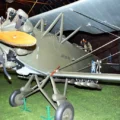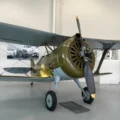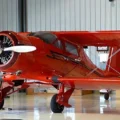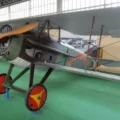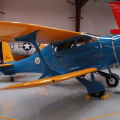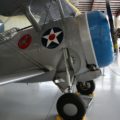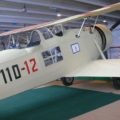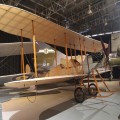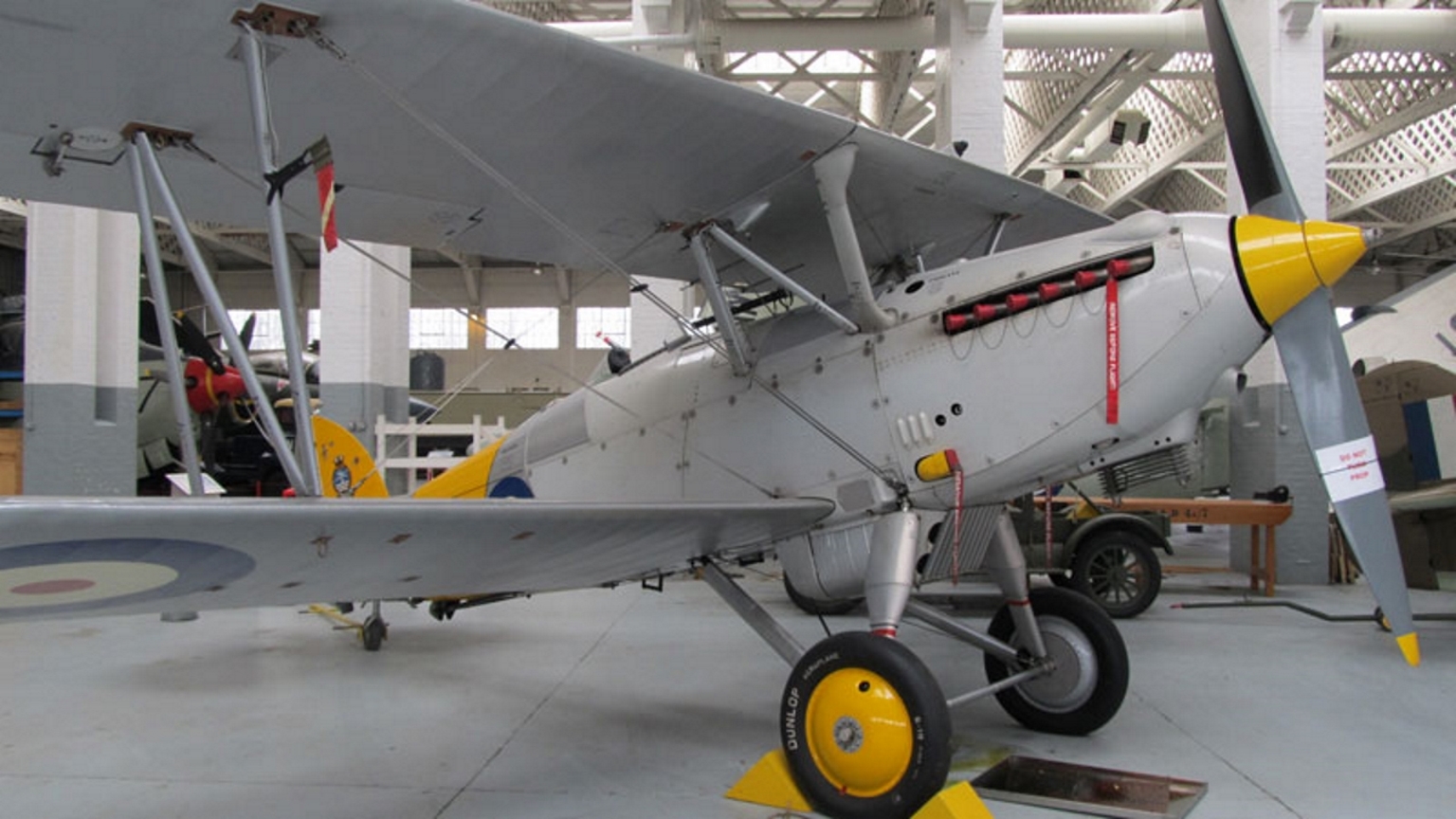
Hawker Nimrod | |
|---|---|
| País | Uk |
| Papel | Caza naval |
| Primer vuelo | 14 de octubre de 1931 |
| Construido | 92 |
el Hawker Nimrod was a British carrier-based single-engine, single-seat biplane fighter aircraft built in the early 1930s by Hawker Aircraft. The Nimrod had an overall similarity to the Fury: it was a single-seater biplane with an open cockpit, fixed undercarriage and guns firing through the propeller. Its unswept, constant chord, round-tipped wings had an unequal span and strong stagger, the latter partly to enhance the pilot’s view. It was a single bay biplane braced with outward-leaning N-form interplane struts, with the upper plane held a little above the upper fuselage by cabane struts. The fabric-covered wings had metal spars and spruce ribs and carried balanced ailerons only on the upper wings.
Fuente: Hawker Nimrod en Wikipedia
| Hawker Nimrod mk. II Caminar alrededor | |
|---|---|
| Fotógrafo | Cees Hendriks |
| Localización | Unknow |
| Fotos | 18 |
Ver también:
el Hawker Nimrod was a British single-seat biplane fighter aircraft developed in the 1930s. It was derived from the Hawker Fury, a land-based fighter that entered service with the Royal Air Force in 1931. The Nimrod was designed to meet the requirements of the Fleet Air Arm, the naval aviation branch of the Royal Navy, for a carrier-based fighter. The Nimrod had a metal structure covered with fabric, and was powered by a Rolls-Royce Kestrel engine that gave it a maximum speed of about 240 mph. It was armed with two fixed forward-firing 0.303 inch machine guns mounted in the fuselage.
el Nimrod first flew in 1931 and entered service with the Fleet Air Arm in 1933. It was used for patrol and reconnaissance missions, as well as defending the fleet from enemy aircraft. The Nimrod was also exported to Denmark and Portugal, where it served until the early years of World War II. The Nimrod was eventually replaced by more modern monoplane fighters, such as the Fairey Fulmar and the Supermarine Seafire.
Vistas : 2231


